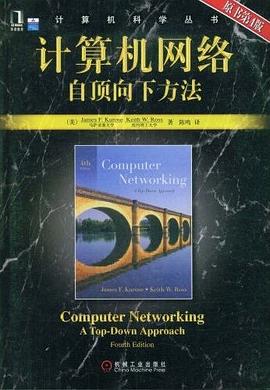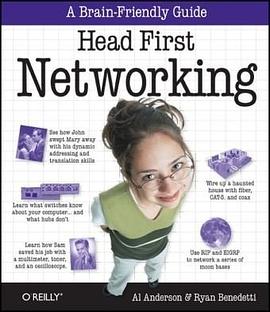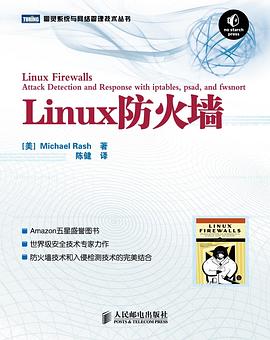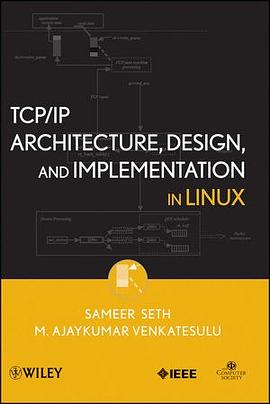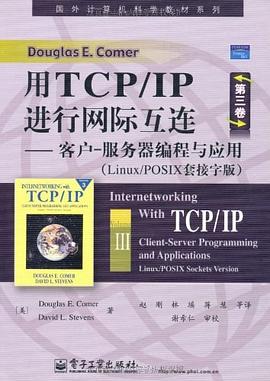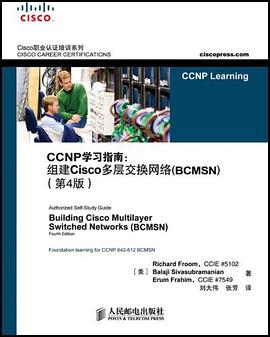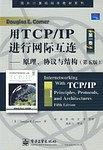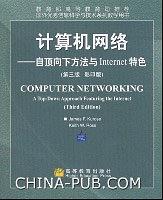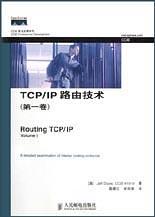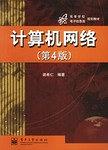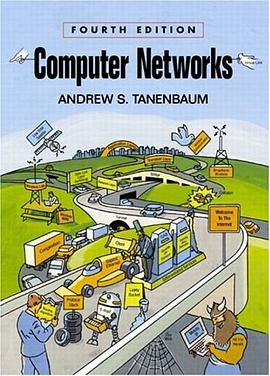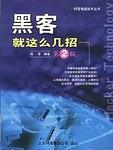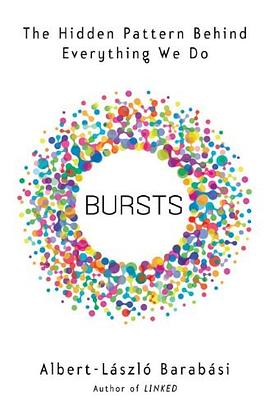

具體描述
Can we scientifically predict our future? Scientists and pseudoscientists have been pursuing this mystery for hundreds and perhaps thousands of years. But now, amazing new research is revealing that patterns in human behavior, previously thought to be purely random, follow predictable laws.
Albert-László Barabási, already the world's preeminent researcher on the science of networks, describes his work on this profound mystery in Bursts , a stunningly original investigation into human behavior. His approach relies on the way our lives have become digital. Mobile phones, the Internet, and e-mail have made human activities more accessible to quantitative analysis, turning our society into a huge research laboratory. All those electronic trails of time- stamped texts, voice mails, and searches add up to a previously unavailable massive data set that tracks our movements, our decisions, our lives. Analysis of these trails is offering deep insights into the rhythm of how we do everything. His finding? We work and fight and play in short flourishes of activity followed by next to nothing. Our daily pattern isn't random, it's "bursty." Bursts uncovers an astonishing deep order in our actions that makes us far more predictable than we like to think.
Illustrating this revolutionary science, Barabási artfully weaves together the story of a sixteenth-century burst of human activity-a bloody medieval crusade launched in his homeland, Transylvania-with the modern tale of a contemporary artist hunted by the FBI through our post-9/11 surveillance society. These narratives illustrate how predicting human behavior has long been the obsession, sometimes the duty, of those in power. Barabási's wide range of examples from seemingly unrelated areas includes how dollar bills move around the United States, the pattern everyone follows in writing e-mail, the spread of epidemics, and even the flight patterns of albatross. In all these phenomena a virtually identical bursty pattern emerges, a reflection of the universality of human behavior.
Bursts reveals where individual spontaneity ends and predictability in human behavior begins. The way you think about your own potential to do something truly extraordinary will never be the same.
著者簡介
艾伯特-拉斯洛•巴拉巴西(Albert-Laszlo Barabasi)
全球復雜網絡研究權威,無尺度網絡的創立者。美國物理學會院士,匈牙利科學院院士,歐洲科學院會員,美國東北大學教授,網絡科學研究中心的創始人、主任,同時任職於哈佛大學媒體學院醫學係,並擔任丹那-法 伯癌癥研究所癌癥係統生物學中心的研究員。
Barabasi提齣無尺度網絡模型,2006年因此榮獲瞭匈牙利計算機學會頒發的馮•諾依曼金質奬章,是建立基於網絡共性的統一科學理論的先行者,是復雜網絡界引述最多的科學傢。
世界著名科技雜誌《popular science》雜誌稱贊 Barabasi“他可以控製世界”。
圖書目錄
讀後感
1,爆发,指人类的行为模式不是均匀的,也不是完全随机的,而是幂律定律、列为飞行模式、随机模式,以及个人喜好的混搭。即在一段时间的沉寂后,集中爆发。 2,爆发这个概念,在整本书里就像是,三国演义里那句:天下大势,分久必合,合久必分。 3,然后作者提醒我们警惕欧洲的...
評分人类动力学是一个迷人的研究领域,其中孕育了一系列有意义的研究。《爆发:人类90%的行为是可以预测的》一书正是其中一本重要著作。 本书作者巴拉巴西是复杂网络研究的重要领军人物,1999年之后先后在《自然》、《科学》杂志上发表重要论文,指出诸如社会网络、神经网络、交通...
評分 評分人类动力学是一个迷人的研究领域,其中孕育了一系列有意义的研究。《爆发:人类90%的行为是可以预测的》一书正是其中一本重要著作。 本书作者巴拉巴西是复杂网络研究的重要领军人物,1999年之后先后在《自然》、《科学》杂志上发表重要论文,指出诸如社会网络、神经网络、交通...
評分1. 爆发的出现,往往是从无序变成有序的临界点,一旦系统被迫发生相变,一切随时改变,随即出现幂律(爆发)。节点也由无规则分布到社会化分布。 2. 无尺度网络有的两个特征是增长和优先情结,这会造就马太效应,富者越富;而合理利用适用性,是后来者打破这个法则的关键。 3...
用戶評價
這書不行
评分說真的,這個平行故事敘事法真的比較不適用於科普讀物。人類行為不可測,太隨機,這是我所支持的論點。
评分so so.
评分so so.
评分so so.
相關圖書
本站所有內容均為互聯網搜索引擎提供的公開搜索信息,本站不存儲任何數據與內容,任何內容與數據均與本站無關,如有需要請聯繫相關搜索引擎包括但不限於百度,google,bing,sogou 等
© 2025 book.quotespace.org All Rights Reserved. 小美書屋 版权所有


